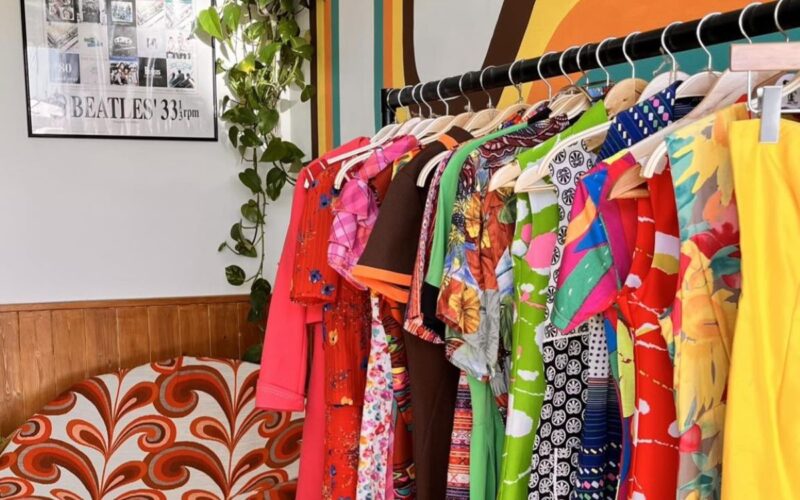For years, shopping for clothes in Malta has been all about fast fashion – following quick trends and changing wardrobes every season. The fashion market for young people has been largely dominated by mass-produced clothing but lately, something has been changing. Second-hand and vintage clothing, once seen as niche, is becoming the preferred choice for many Maltese consumers looking both to stand out and to shop sustainably.
Across the islands, different independent second-hand shops and pop-ups are drawing people into the sustainability-minded community. Vintage fashion has gone from niche to desirable, thanks to the growing awareness of the environmental impact of fast fashion and people’s new appreciation for clothing that feels authentic and full of charm.
“For many younger shoppers, the idea of buying second-hand is not only about saving money but about making more responsible choices.”
The fashion industry is one of the most polluting in the world, with millions of tonnes of clothing ending up in landfills every year. For many younger shoppers, the idea of buying second-hand is not only about saving money but about making more responsible choices. And when those choices come with better quality, craftsmanship and unique clothes, so much the better.
Laura Taylor, owner of TaylorMaid Vintage in Sliema, has seen this shift in fashion first-hand. When she opened her store two years ago, she wasn’t sure how Maltese shoppers would react, yet the response was overwhelming.
“People were super excited. We had a really big opening day and a lot of the feedback was like – ‘Finally! We needed something like this.’” Laura recalls.

From closet to opening a shop
Laura’s own journey into vintage fashion began by chance. While clearing out her wardrobe after her mother passed away, she discovered pieces she hadn’t worn in years.
“I found lots of vintage of my own and decided to just start selling it,” she explains. At first, most of her customers were in the UK since that is where Laura is from, so she found herself making countless trips to the post office. Eventually, she built a website, started doing pop-ups in Malta and began to see a local demand emerge. “With a nudge from a friend, I left my corporate job and decided to open a shop” Laura says.
Since then, she’s noticed a steady growth in interest for vintage fashion – not just from young people but from a much broader audience.
“At first it was mostly younger people but now we have a mixture,” she says. “I try to source things for all ages, not just teenagers. I tell people – you would love my shop too, come and have a look.”
Since Laura started her business, more second-hand and vintage shops have opened across the island, showing a clear change in attitude towards fashion. “In the last two years, there have been several other shops that opened here.” she adds.

Why vintage?
So what’s behind the growing love for vintage? For Laura, it comes down to two things – quality and originality.
“[These] clothes were made by one person from beginning to end – so I love that. That gives them the longevity and the quality.” she says. “I’m always surprised at the things I find – shapes, silhouettes and fabrics that I’ve never seen before. That’s why I love it.”
More than just second-hand
One challenge Laura has faced is educating customers about what vintage really means. “Some people think we’re just a thrift shop or they try to donate things to us. It’s about educating people – vintage is better quality, better construction and way more unique. It’s not just donated last season Zara clothing” she says.
There’s still work to do, Laura admits, especially in convincing older generations that vintage isn’t just for the young and that it’s not only about affordability.
“In the younger generation, yes,” she says, when asked if people are becoming more conscious about sustainability. “I think there’s still a lot of work to do with the older generation.”

The future is…the past?
Despite the challenges, Laura is confident that second-hand and vintage fashion is here to stay.
“I think it’s going to be booming. Slowly but surely, I think it’s going to be people’s first choice,” she states.
As Maltese shoppers become more aware of how their choices affect the planet and are more eager to find quality, individuality and value in what they wear – the future of fashion on the island may look a little like its past.
Vintage fashion is more than just nostalgia – it is a smarter, more sustainable way to dress. And if current trends are any indication, it won’t be long before second-hand really does become Malta’s first choice.










